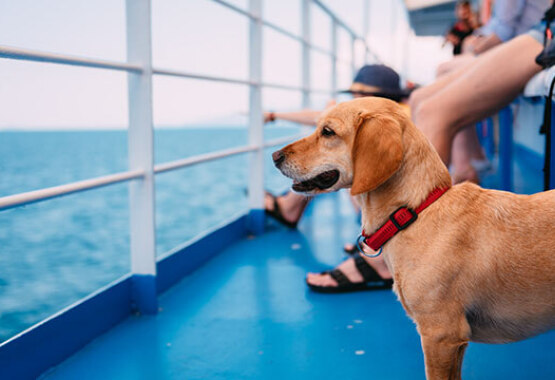Kalymnos or Pothia
Pothia is the colourful capital of Kalymnos, built on the foot, the slopes and the valley between two hills. The remarkable architecture of the old stately houses belonging to captains and sporge merchants as well as the narrow alleys stand out in the village. See the Vouvalis House, home of a prominent sponge merchant and benefactor of the island. Seek each neighbourhood’s charming church such as Sotiras Christos Church (Christ Saviour, 1861), with its silver dome and marble icon screen crafted by the Greek sculptor Giannoulis Chalepas and Agios Nikolaos Church. Outstanding buildings such as the Town Hall and the Prefecture Hall boasting beautiful architecture reveal the long presence of Italian conquerors on the island.
Learn more about the island’s history with a visit to: the Archaeological Museum where you can see the impressive copper statue “Lady of Kalymnos”; the Maritime Museum, dedicated to the life and customs of the sponge harvesters, and the Traditional House of Kalymnos, a small folk museum showcasing everyday life on the island in the late 19th and early 20th century.
Stop by the 15th century castle of Chrysocheria, built by the Knights Hospitaller. Don’t miss the three stone-built windmills on the east. Wander around the narrow alleys, enjoy the view from Agios Savvas Church, and head down to the waterfront where all the tavernas are. Savour delicious local treats such as “spinialo” (=it is a sponge-harvesters’ titbit consisting of ray, sea urchins and sea-figs preserved in sea water) or “mouri” (=stuffed lamb or goat cooked in an oven casserole aka gastra).
Around Pothia you will find beautiful picturesque hamlets well worth discovering. Some of them are: Panormos, Chorio, Skalia, Myrties and last but not least Vathys.
The village of Panormos is a popular destination with beautiful beaches and a green landscape. At a short distance visit Tsoukalario where there’s evidence of ancient pottery workshops.
Chorio is built at a safe distance from the sea to avoid pirate attacks and used to be the capital of the island. This charming small town and its 3,000 inhabitants keep the local traditions alive. Make a point of visiting Panagia Charitomeni church (1794) with its wood-carved icon screen and the 11th century Byzantine Megalo Kastro (Great Castle), which was expanded into the main 15th century residential area of the island. In the interior of the castle you will find nine churches where you can see muralls dating back to the 15th and 16th century, or you can admire a great view over Chorio and Pothia. Head up towards the highest grounds of the island at Profitis Ilias and Christou tis Ierousalim Church (Christ of Jerusalem), 500m from the village, built with rocks from the ancient temple of Apollo, which once stood at the same place. Statues from the Hellenistic Period (2nd c. BC) were found in its courtyard. Last but not least, north from Chorio, stop by the ruins of the ancient city at Damos.
One of the island's most picturesque hamlets is Vathys. A wild rocky landscape with a splash of green as its fertile valley is filled with citrus trees.The houses are spread sparsely in the plain and closer together as you approach the inlet. The village of Rina, which was located on the hillsides near the bay, was destroyed in the early 15th century by pirates.
Ellinika is by far one of the most well-preserved paleochristian villages within Greece. See six paleochristian churches in good condition. On the west there is the Byzantine church of Panagia Kyra-Chostis with amazing murals from the 11th to the 14th century. Visit the vaulted monastery of Panagia Kyra Psilis, 6 km N, built on a hillside of a mountain. Part of the church is built in a rock cavity. Every year for the celebrations of the 15th of August the cells here serve to accommodate the participants.
The charming village of Myrties (=myrtle), whose name was given because of the abundance of myrtle plants in the area, is built in front of an impressive rocky hill. This is where you can take a small boat across to the island of Telendos. Pay a visit to see the best sunset at Melitsaha and it’s small whitewashed church Ai-Giannis.
Go by the seaside hamlet of Masouri built next to imposing rocks and a sandy beach. Take a moment to see the ruins of the Byzantine Fort at Kastelli.
Emporeios is the furthermost village from the capital of the island. Its port, protected from the strong winds thanks to the two islands of Telendos and Kalavros, made it a strong commercial centre during antiquity. The village’s fort is well worth a visit, where parts of cyclopean walls still stand as well as the tower. Head towards Skalia (7km SE) to see beautiful views of Telendos and Kalavros, and Arginontas Bay (10km SE) with its wonderful waters.
Don’t forget to visit the nearby islands of Telendos and Pserimos, two tiny islands of unparalleled beauty, ideal for carefree holidays.























